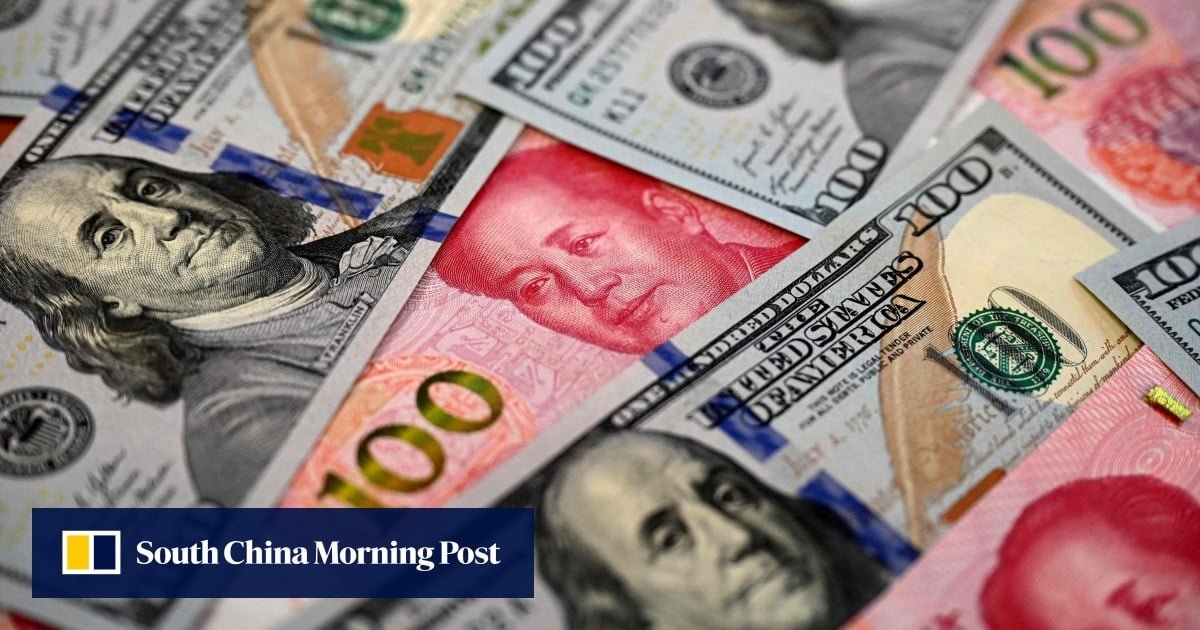What’s going on here?
China’s yuan gained slightly against the US dollar after the country’s consumer price index (CPI) rose faster than expected in July.
What does this mean?
The yuan opened at 7.1770 per dollar and saw a minor rise to trade 65 pips firmer than the previous close, despite still being 0.33% weaker than the midpoint rate. For the month, the yuan is up 0.7% against the dollar, mirroring gains in the Japanese yen due to short position unwinding after a surprise rate hike by the Bank of Japan and weaker US economic data. Nonetheless, the yuan remains down 0.9% for 2024, pressured by China’s weak property sector, subdued consumption, and falling yields, which have driven capital outflows and deterred foreign investment in Chinese stocks. The People’s Bank of China (PBOC) set the midpoint rate at 7.1449 per dollar, outperforming Reuters’ estimate by 241 pips.
Why should I care?
For markets: Navigating the waters of uncertainty.
The yuan’s recent performance suggests cautious optimism. While the monthly gains align with the yen’s rise due to external factors, long-term challenges persist. Traders should watch China’s ongoing economic struggles, particularly the weak property market and slow consumption, which have kept foreign investors wary and could influence broader market trends.
The bigger picture: Global economic shifts on the horizon.
China’s surprising CPI growth points to potential inflationary trends, but experts believe this won’t halt further monetary easing. The ‘two steps forward, one step backward’ pattern in yuan fixing indicates a strategic alignment by Chinese authorities to stabilize their currency. Concurrently, the US dollar’s resilience due to lower jobless claims and stable economic indicators adds complexity to the global financial landscape, hinting at cautious but attentive strategies from investors in the near future.







